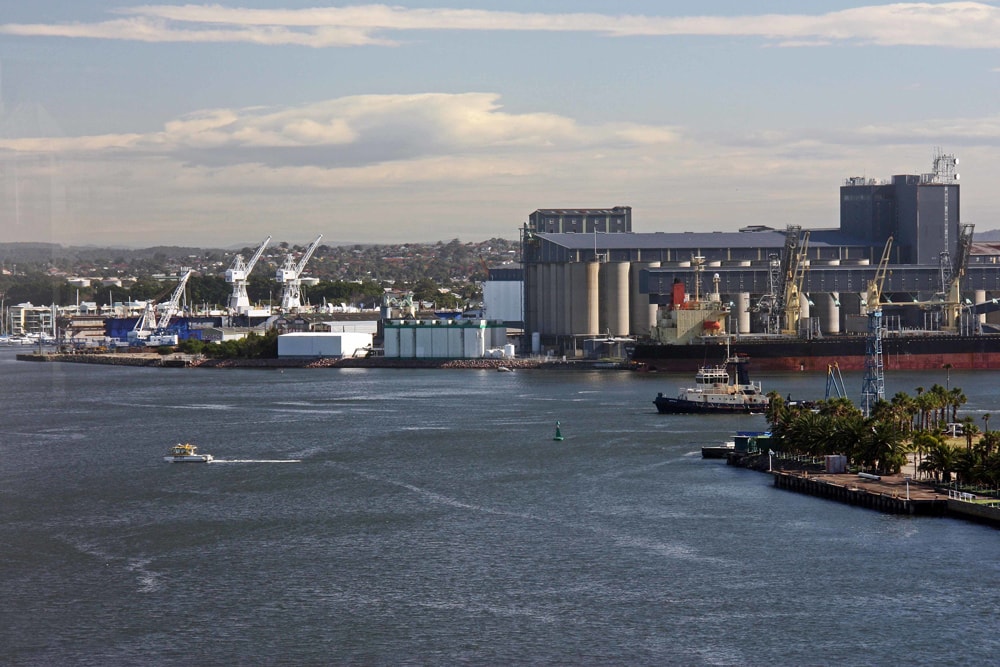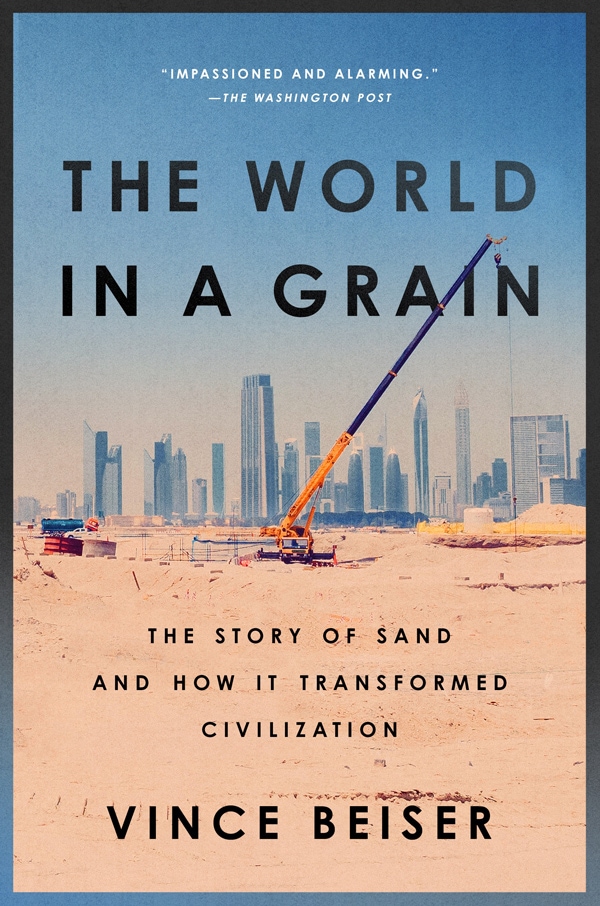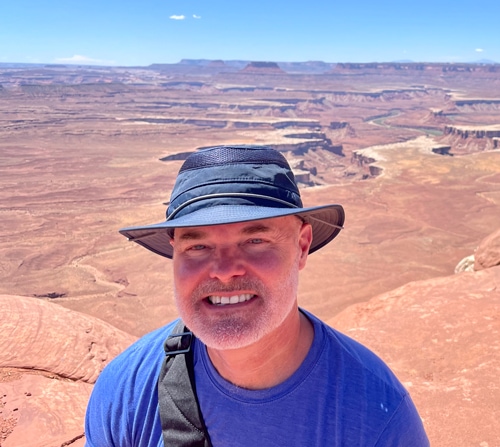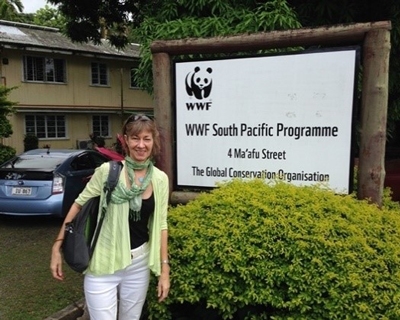In Part 2: Nature-Based Solutions for Infrastructure, the Global Sand Crisis, and Wealth Distribution, discussion continues with Todd Bridges, National Lead of the Engineering With Nature program at the U.S. Army Corps of Engineers; Anita van Breda, Senior Director, Environment and Disaster Management at the World Wildlife Fund; and William Glamore, Associate Professor and Principal Research Fellow at the Water Research Laboratory, UNSW Sydney, Australia. We’re talking about the International Guidelines on Natural and Nature-Based Features coming out in September and other critical guidance documents that Anita contributed to, including Natural and Nature-Based Flood Management: A Green Guide and Nature-Based Solutions for Water-Related Disasters. As we’re learning, natural and nature-based approaches to infrastructure challenges are becoming common practice in the Pacific.

Will is Chair of PIANC Australia and New Zealand. PIANC—the World Association for Waterborne Infrastructure—advances natural and nature-based features (NNFB) in ports and harbors worldwide. Todd Chairs PIANC’s Environmental Commission and notes that PIANC is “a venerated organization, more than a hundred years old, with cross-sector involvement and participation. It includes organizations around the world supporting and contributing to the sustainable development of maritime infrastructure, which is so important to the world economy and trade.”
At a recent international symposium hosted by PIANC, Will noted how NNBF techniques are now commonplace and standard practice for groups like the insurance industry, port operators, and the dredging community: “It’s not ‘should we’. It’s ‘how can we’? This is the new way of the world, and it’s becoming the foundational, social license to operate across the Asia Pacific. Ports worldwide are driving that change towards nature-based solutions.” He notes that this focus isn’t driven solely by reducing costs but also by the demand to reduce carbon emissions, which financial markets are now demanding. This leads to activities like ports planting trees hundreds of kilometers away to improve the environment and reduce dredging. It’s a win-win-win.

We also discuss the challenges Todd, Anita, and Will are focused on over the next few months. Anita talks about the global sand crisis, noting that sand is the world’s most consumed raw material after water and a critical ingredient to everyday life. Sand is central to the construction of roads, bridges, and economic development. She describes the crisis: “When it comes to disaster reconstruction, we’re often trying to rebuild in a few months or years what may have taken generations to build in the first place. That represents a massive and sudden demand for building materials of which sand is a crucial component.”

Will discusses blue carbon initiatives to mitigate climate change through coastal ecosystem management. These activities around Australia will transform ecosystem restoration from a grant-funded, government-led process to an economic process where ecosystem services are costed and market-driven.
Todd closes the episode by promoting the upcoming September release of the International Guidelines on Natural and Nature-Based Features for Flood Risk Management, saying, “There’s so much experience out there in the use and consideration of nature to help solve real, practical problems. With this guide, we’re trying to make at least an initial collection of that experience across organizations and regions of the world and sharing that with others.”







